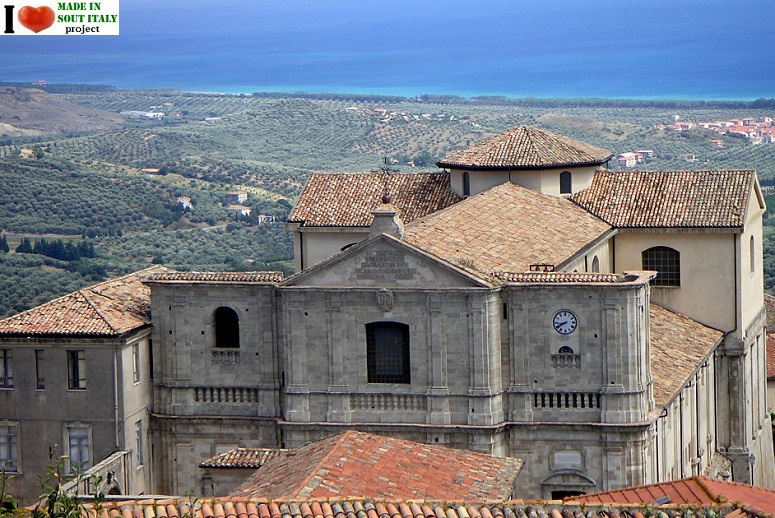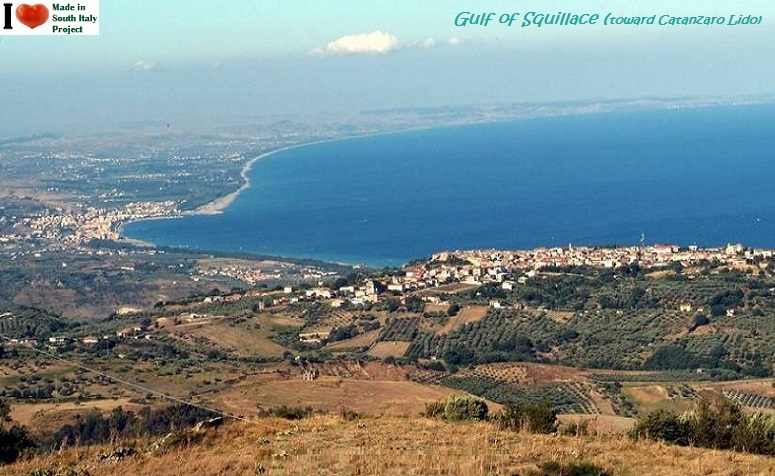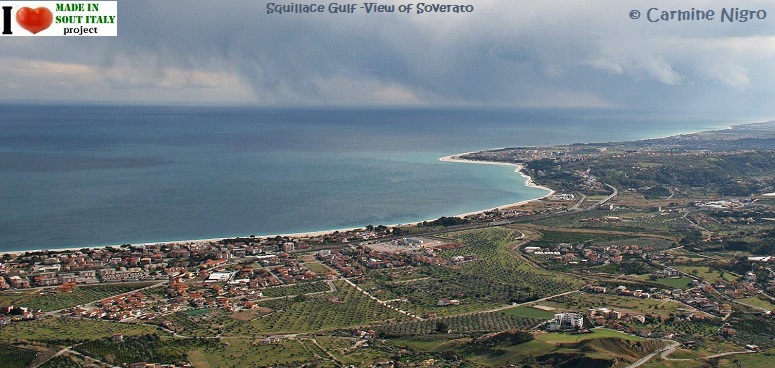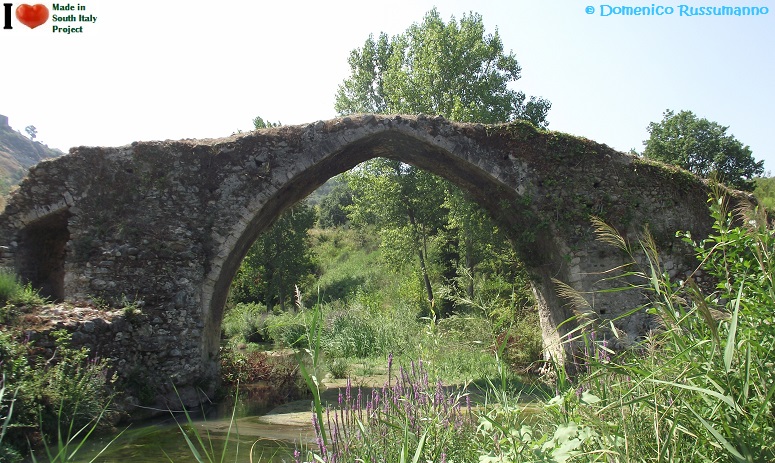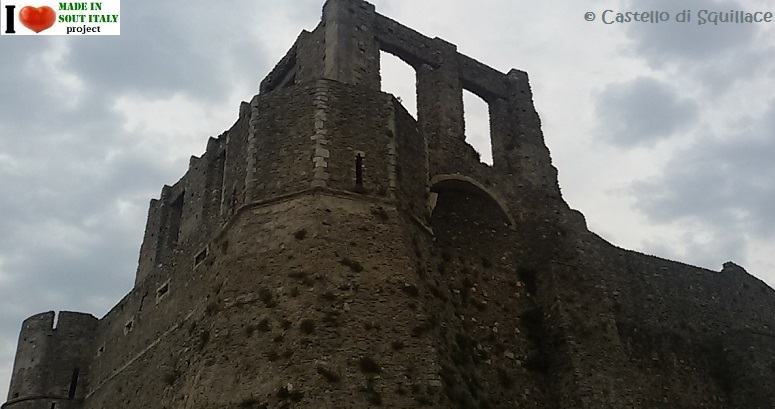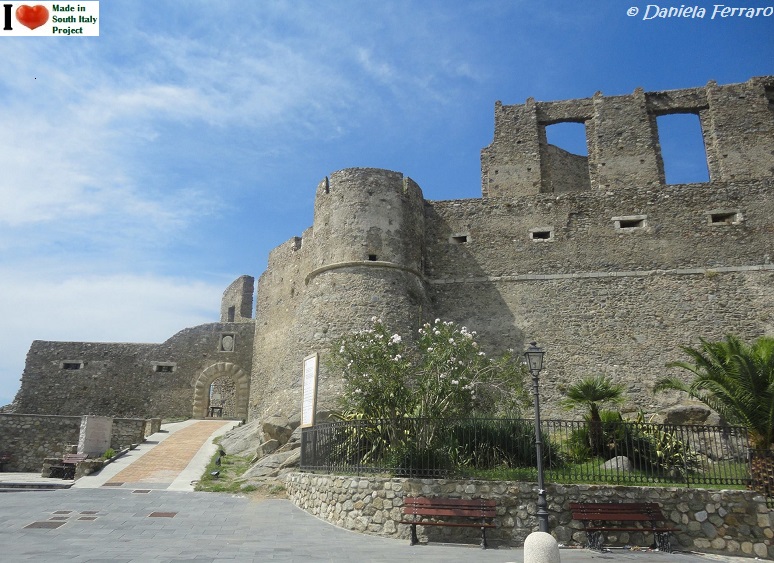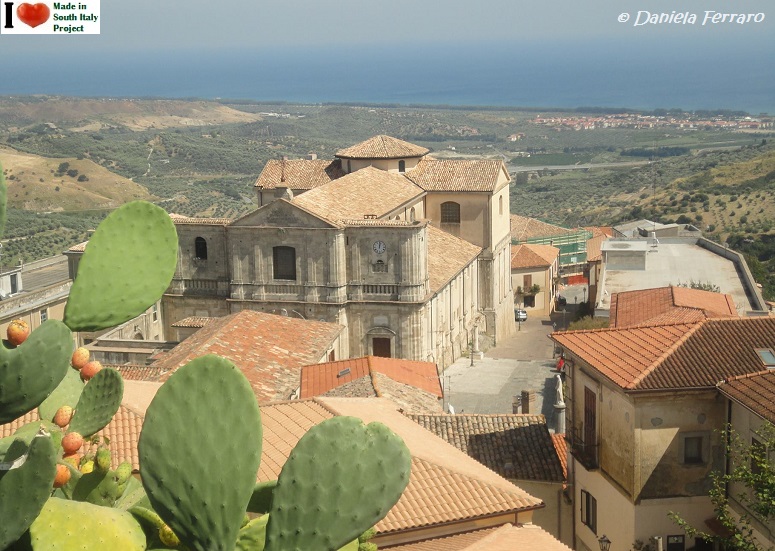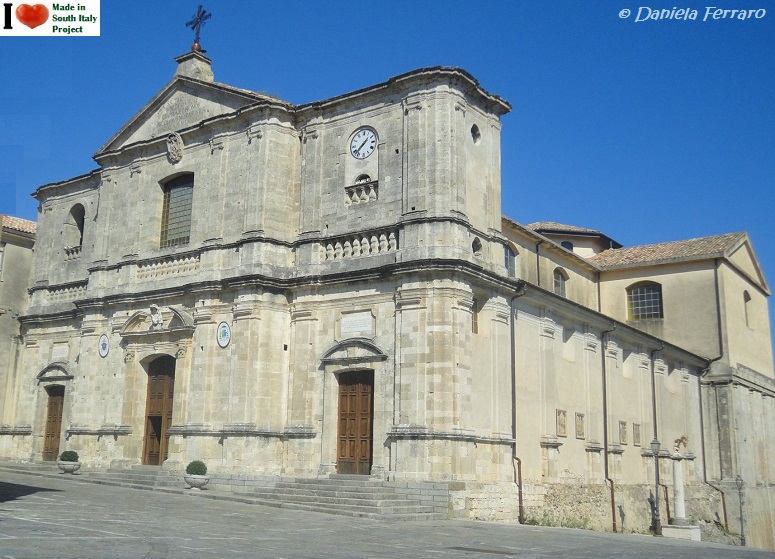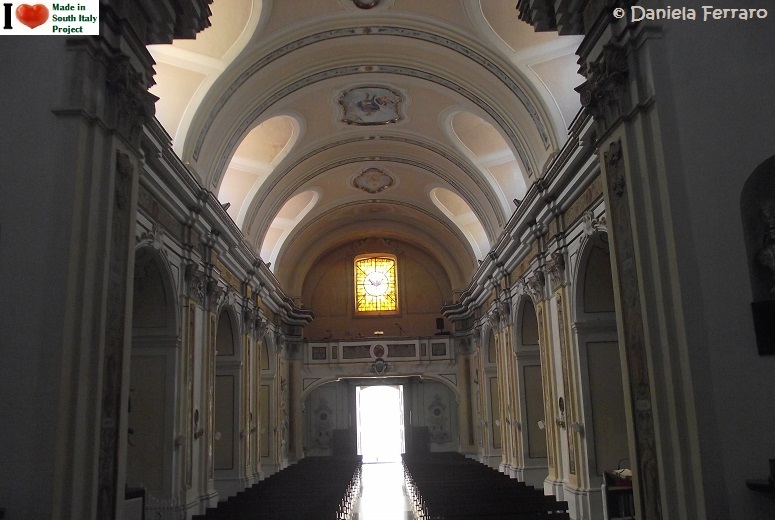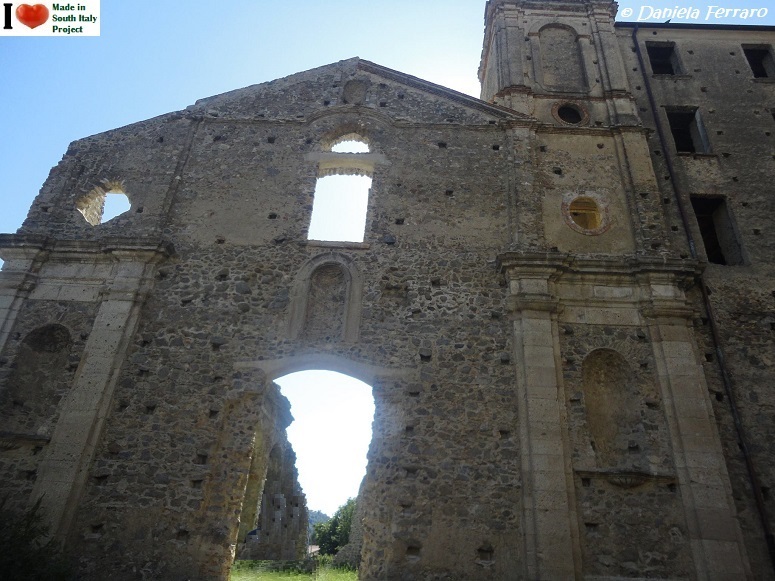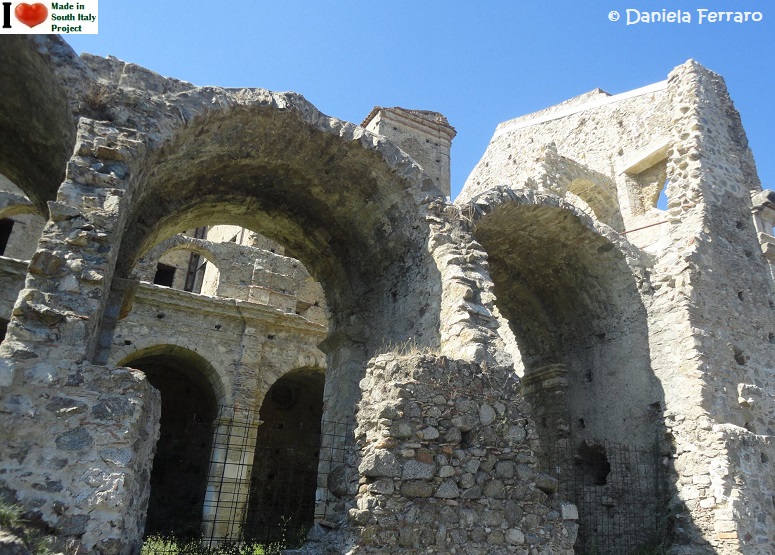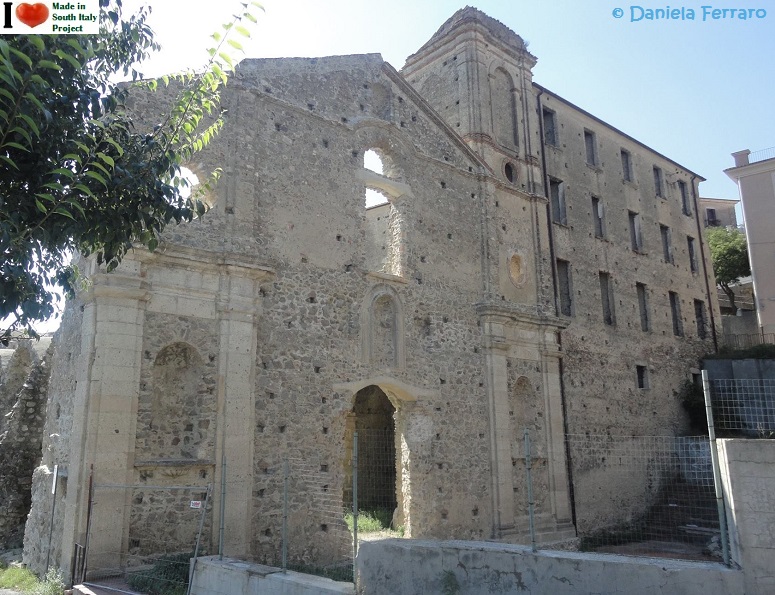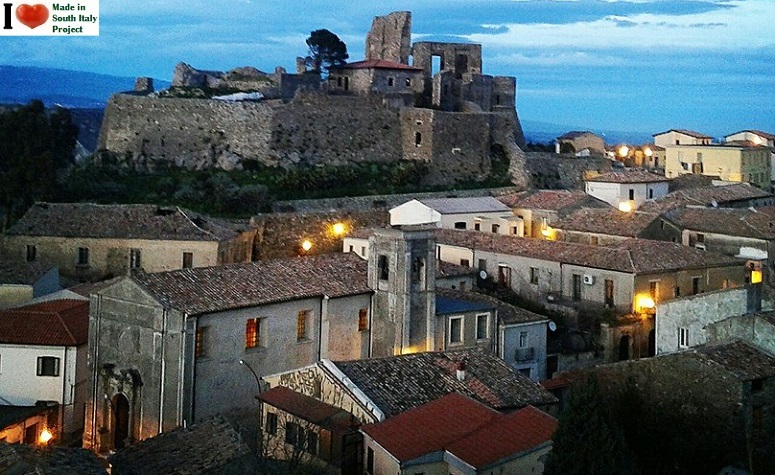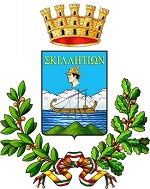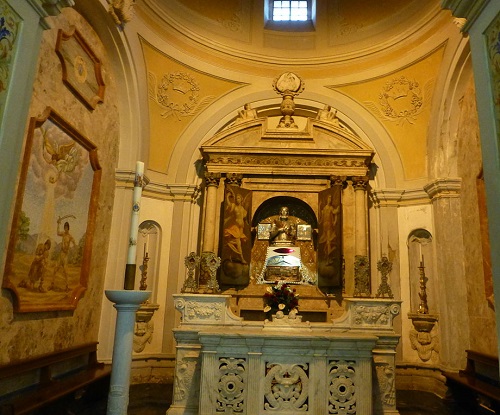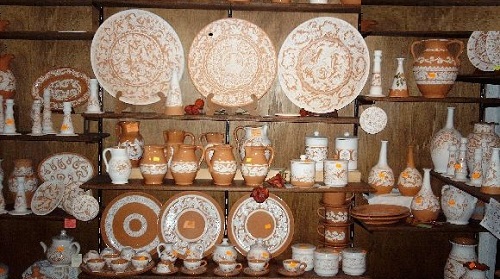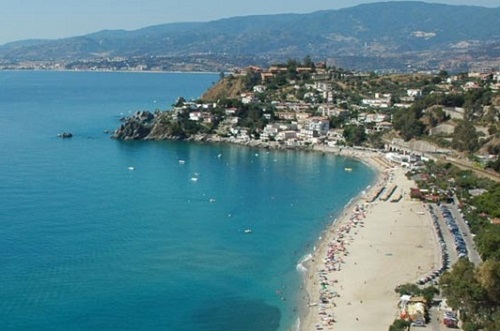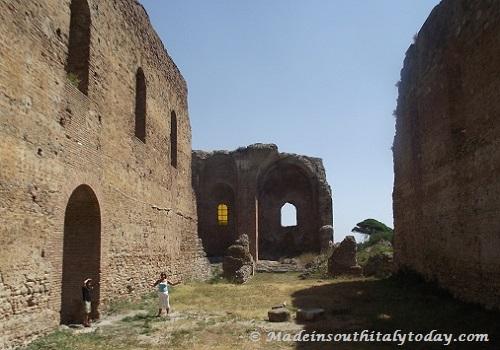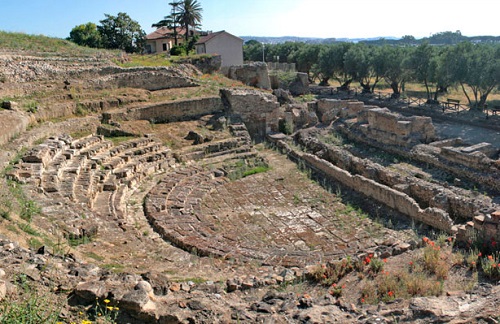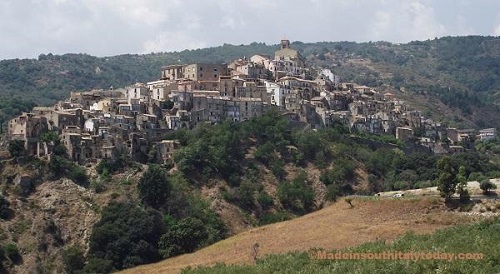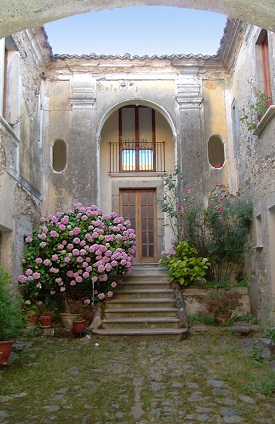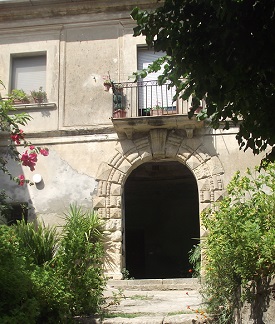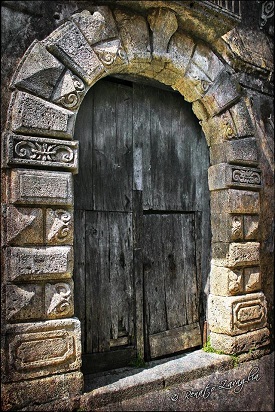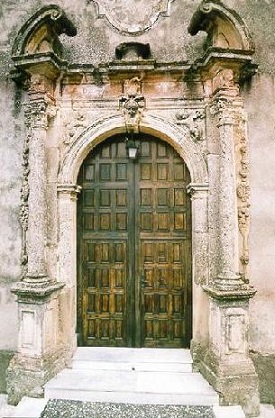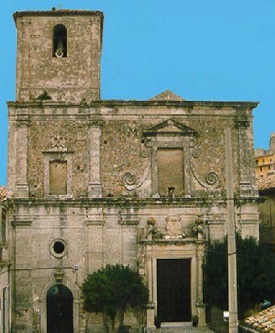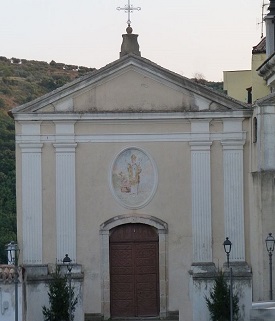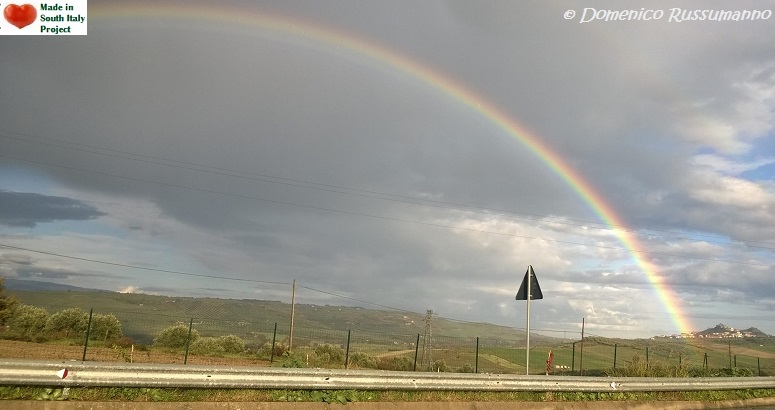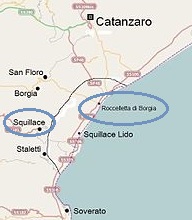
Its origins date back to the Greek colonies, when it was known as Skyllétion (modern day, Parco Archeologico di Squillace, Roccelletta di Borgia), a sub colony of Kroton located on the coast. (See image).
Legend suggests it was founded by Ulysses or Menesteo following the destruction of Troy.
In the IV century, it entered into the dominion of the Bruzi, an Italic population of shepherds and warriors, which had Cosenza as its administrative centre.
The frequent pirate incursions occurred in the VI and VII centuries AD forced the inhabitants to move inland, away from the coast. It was finally conquered by the Saracens in 904. The present day Squillace appeared in history in a letter from Pope S. Gregorio Magno to the Bishop of Squillace Giovanni (598).
Looking out over the homonymous gulf of the Ionic coast, where the district of Squillace Marina ( also known as Squillace Lido) and Fiasco Baldaia are located.
The town stands on a strategic location overlooking the Ionian sea , laying on three hills at about 344 meters above sea level, defined by two streams, the Alessi and Ghetterello.
Visibile in the background is the nearby town of Vallefiorita.
Below, an old bridge on the Ghetterello creek, which was once the only way to town. According to local legends, it was crossed by the Carthaginian general Hannibal during the Punic wars, in a desperate attempt to resist the Roman from taking over the Greek Colonies such as Skyllétion.
Dominating the town as it has been for centuries, is the castle. Founded by the Byzantines, besieged and taken by the Saracens, reconstructed by the Normans and modified by the Angioinians.
Visitors can enjoy a stupendous panorama overlooking the Ionian coast and Catanzaro from here. The structure became a prison during the Bourbon era and hosted exponents from the risorgimental revolts.
In the main square, near the Belvedere (La villa) is the Duomo of the Vergine Assunta in Cielo (1784-1798) reconstructed on the remains of the Norman Cathedral and houses noteworthy artistic works in its interior. Squillace was built around the two buildings.
The cathedral was built at the behest of Count Roger I in the eleventh century to eradicate Christianity from greek-Byzantine rite and affirm the Catholic rite in the area.
In 1643 the bell tower was damaged by an earthquake and later the church was destroyed by other events.
It was rebuilt by Bishop Michele Abbati in 1737 and again destroyed by an earthquake in 1783. It was once again rebuilt and consecrated on May 6 1798 by Bishop Nicola Notaris.
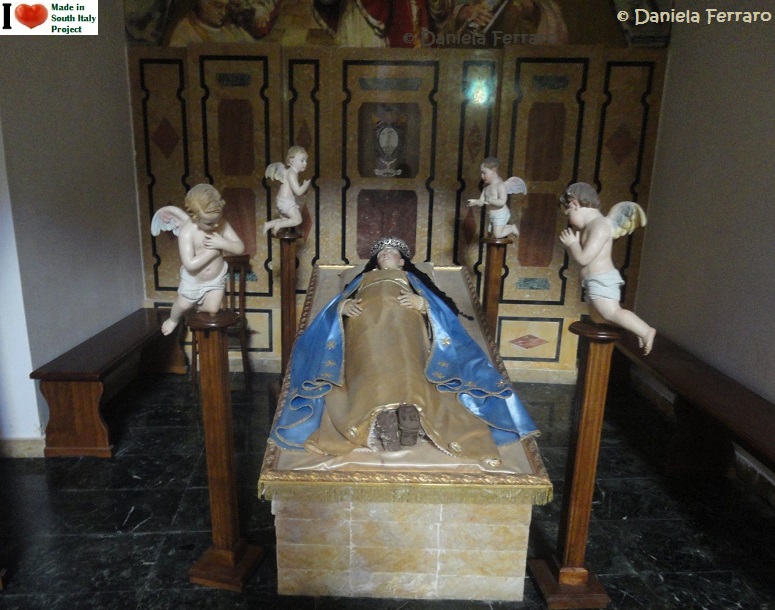 Interiors
Interiors
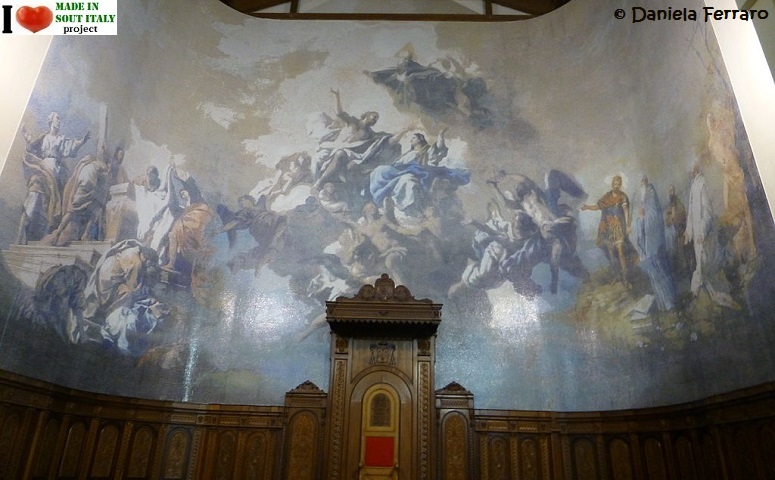
Not far, just below the main square we find the the ruins of the church and the convent of Santa Chiara.
It is not known when the work was carried out, we do know that in 1331 the Pope did authorize the construction and almost two hundred years later...
....in (1581) the local Bishop informed the Pope that the convent was built thanks to a donation from a certain Marcello Minniti di Guardavalle.
The town had many churches, historical buildings, and houses but most of these have been destroyed by natural calamities. An earthquake in 1783 changed the architectonic profile of Squillace. Many buildings were reconstructed according to architectonic tastes of the time.
The piazza (town square) facing the old castle has been expanded with the removal of some old houses and is now where all the events take place .
The stage is dramatically highlighted by the castle as a backdrop , especially at night. Below, during the Taranta Night event.
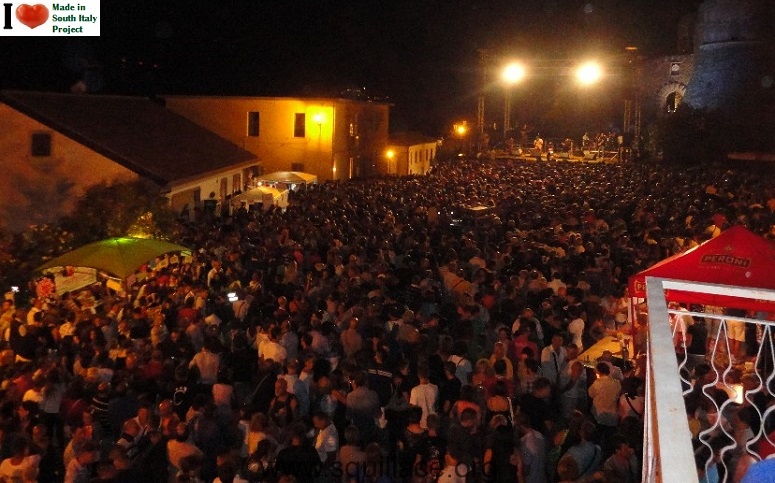 The main street leading to the historical centre.
The main street leading to the historical centre.
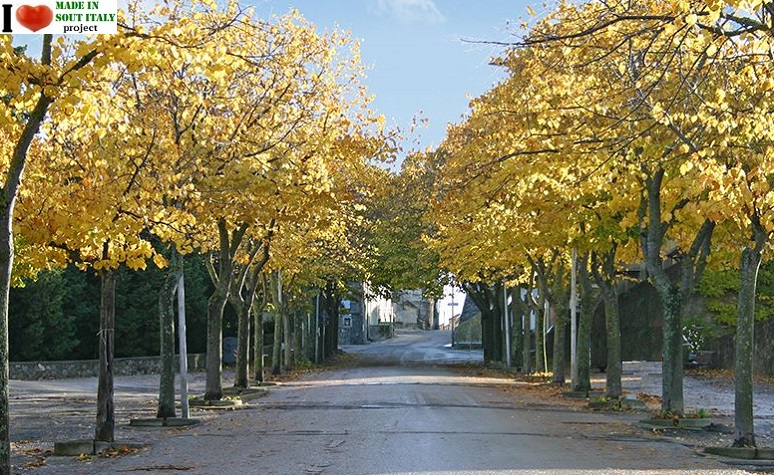
Squillace still preserve the characteristic medieval charm.
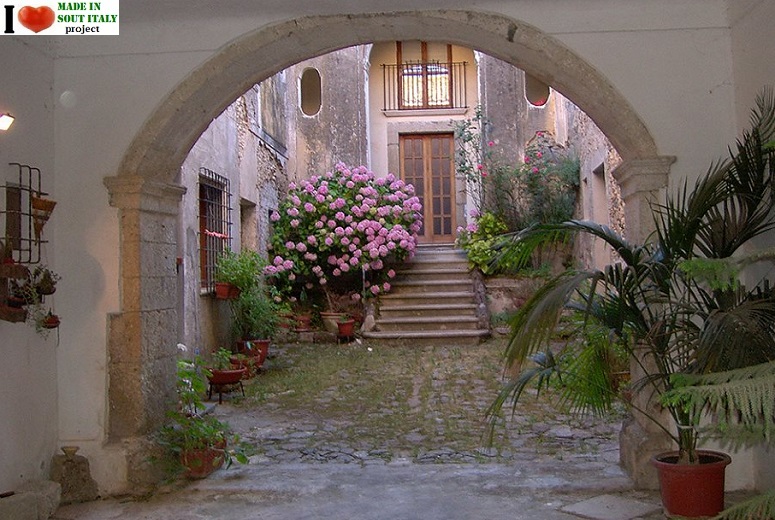
A pleasant surprise at every turn.

Below is a view of the town from the balcony of my house in Vallefiorita (early morning).

|



